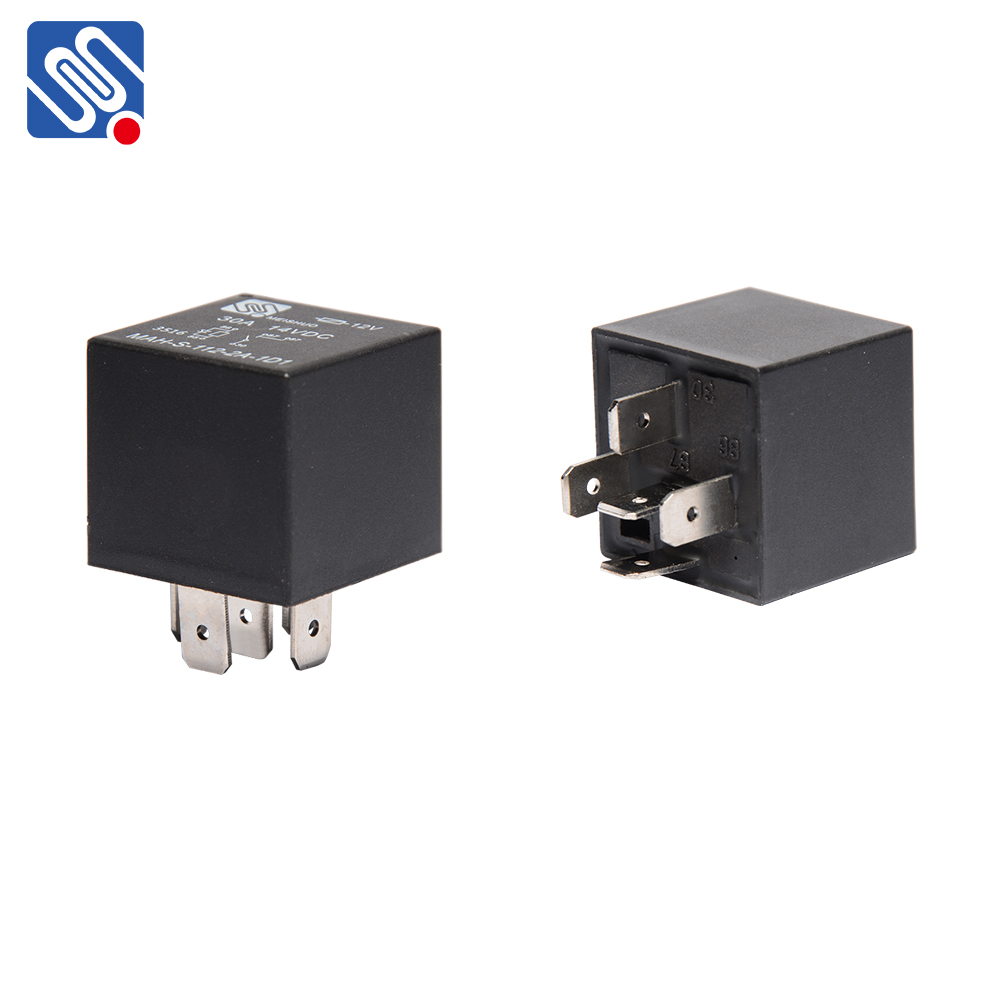understanding the automotive relay: key component in vehicle electrical systems
Release time:2025-08-25 04:31:18
Automotive relays are essential electrical components in modern vehicles, playing a crucial role in controlling high-power electrical circuits. These small yet vital devices are used extensively in automotive electrical systems to control various functions, from engine starting to operating lights, fans, and other high-current devices. Understanding the Automotive relay’s functionality, structure, and applications helps in recognizing its importance in ensuring vehicle performance, safety, and efficiency.

What is an
Automotive relay?
An automotive relay is an electromechanical switch that allows a low-power electrical signal to control a higher-power circuit. It typically consists of an electromagnetic coil, a set of contacts (or switches), and a housing. The relay operates by using a low-voltage signal to energize the coil, which generates a magnetic field. This magnetic field then pulls or pushes a set of contacts to either close or open the circuit, thus controlling the power supply to a particular device.
Relays are designed to handle higher electrical currents and voltages than the average switches, making them crucial for controlling large electrical components such as motors, lights, or air conditioning systems without the risk of overheating or damaging smaller, sensitive circuits.

